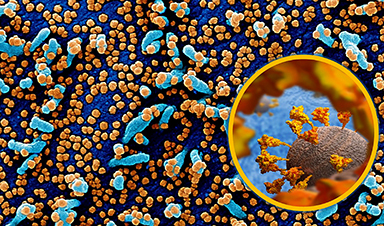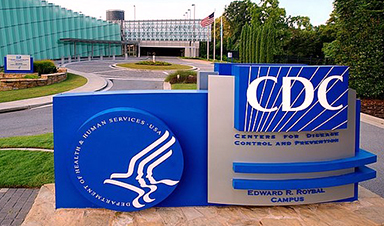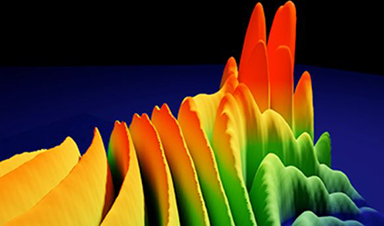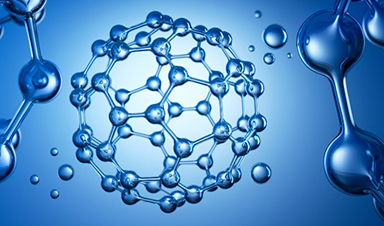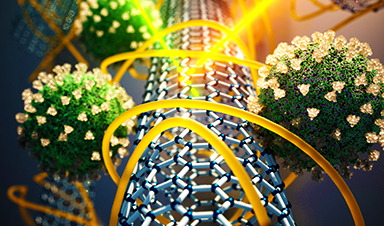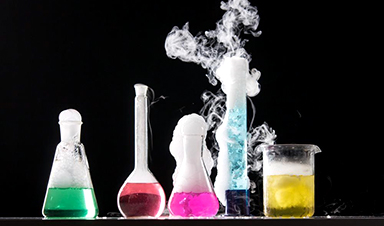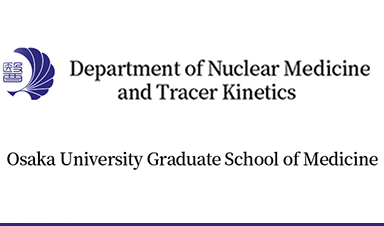Covid-19 virus does not infect human brain cells, study suggests
Exclusive: study raises hopes that Covid-related damage to sense of smell may be more superficial than previously feared. The virus that causes Covid-19 does not infect human brain cells, according to a study published in the journal Cell. The findings will raise hopes that the damage caused by Sars-CoV-2 might be more superficial and reversible than [...]

